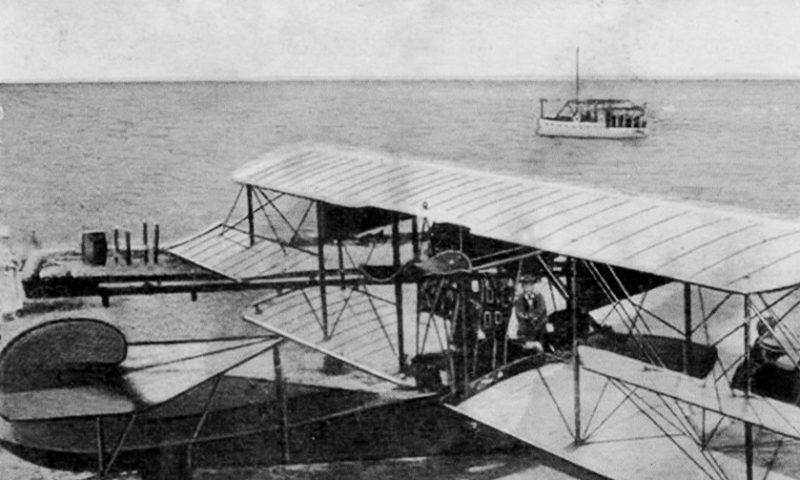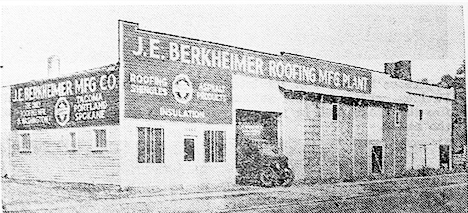Ships in the Sound
“There is, perhaps, no seaport town of its size in the United States where so large a portion of the inhabitants are so deeply interested in ships.â€
~Captain Cameron of the J.B. Brown speaking of New Tacoma
Captain Cameron made this statement one day in May 1883 after watching Tacoma residents as they walked along the wharves one Sunday afternoon looking at the ships and talking to the sailors.
“I’m an old-timer in these parts,†the captain told a Tacoma Daily Ledger reporter. “I came here as a mate on the ship Dashing Wave in 1874 and followed a trail through the woods to New Tacoma. There were just three shanties up on the bluff then. And I well-remember the first ship that came to New Tacoma. It was 1877 and she had a cargo of railroad iron for the Northern Pacific. It was the American ship, Ventus. I think she took away a cargo of lumber from the Tacoma Mill.â€
There is no information about the Ventus, but the Dashing Wave was one of the last true American clippers. She was built in 1852 in New Hampshire and reached San Francisco in only 107 days. After being sunk in New York harbor, she was bought for the lumber trade and brought to Puget Sound. Once here, she made thirteen round trips between the Tacoma and San Francisco in a single year, establishing a record. In 1900, the clipper was sold, and used in the Nome trade after which she made a voyage to Hawaii. In 1902 the Pacific Cold Storage Co bought her, and in 1911 the ship and the cannery were sold to John Carlson of Seattle. The clipper remained in service for nine more years and ended up as a cold storage barge.
Under ordinary circumstances, a scow is a large flat-bottomed boat with broad square ends, used chiefly for transporting bulk material such as ore, sand, or refuse. In 1877 Tacoma, milkman R. A. Scott used his to sell his dairy products up and down the bay. Then he enlarged it in order to haul hay, but not before he christened it with a seaboard dance.
According to the Tacoma Herald, the first Chinese junk seen on the bay was on July 25, 1878. “It was built on the Sound, about ten miles above here,†the paper reported, “and is to be used in the fishing business by some Chinese who have been upon the Sound for some time, catching and drying various kinds of fish for the San Francisco market.â€Â The paper went on to say the junk was a “picturesque affair with all the peculiar attachments that distinguish the Celestial craft. It looks as though it had backed into a lot of chicken coops and three or four pairs of stairs, and had gone off with them all sticking to it.â€Â The reporter did concede that the sailors aboard “managed it with great dexterity, and are as regular in their movements as man-of-war’s men.â€
These days it is hard to know what the Herald was referring to when it said that “Mike Murphy and a friend, while sailing their small plunger near Pt. Defiance, capsized.â€Â A plunger is a submarine and, although submarines date back to before the Civil War, it’s not likely there was one in Commencement Bay. But at least both men survived. Mike held on to an oar and climbed up on the ship’s bow. He was able to row toward shore while his companion held onto the keel. Men in a passing boat rescued them.
Though often seen in Commencement Bay, the Alida was never a success. She was laid up in Olympia in 1871 and after a year’s work, came out again in 1872 making the run between Olympia and Seattle. In 1873 she took the first passengers from Old Tacoma to the new town to connect with the first railroad train to run in Puget Sound. She was out of commission again the greater portion of the time after 1879. Then in August 1890, while laid up at Gig Harbor, she was caught in a fire, which swept down from the forest, and burned to the water’s edge. Her damaged engines were saved and taken to Lake’s shipyard, in Ballard.
The bark, Samoset, was built in New Hampshire in 1847 and turned up in Tacoma on Nov. 10, 1869. Less than a month later, she set sail from the Hanson and Ackerman Mill for San Francisco with 487,350 feet of lumber, the mill’s first lumber shipment.
The first cargo of wheat to go to a foreign port from Puget Sound was shipped from Tacoma, Nov. 5, 1881, on the S.S. Dakota,a cargo vessel.
On Oct. 27, 1895,1,869 bales of silk, 95 cases of silk goods, and 125 bales of waste silk the largest cargo of silk ever shipped to Tacoma arrived on the steamship Victoria.
And boats weren’t all that floated in Commencement Bay. In March 1878, an unidentified man built a cabin on a raft and moored it near the wharf. One night an elderly Puyallup man walked off the edge of the wharf and was rescued by two men rowing down from Old Town. What they were all doing out at 2 a.m. was never said, but the rescued man was taken to the precursor of a houseboat to recover.
From scow to schooner, from ferry to freighter, bark to bateau, they were all here, lending beauty now greatly missed.




